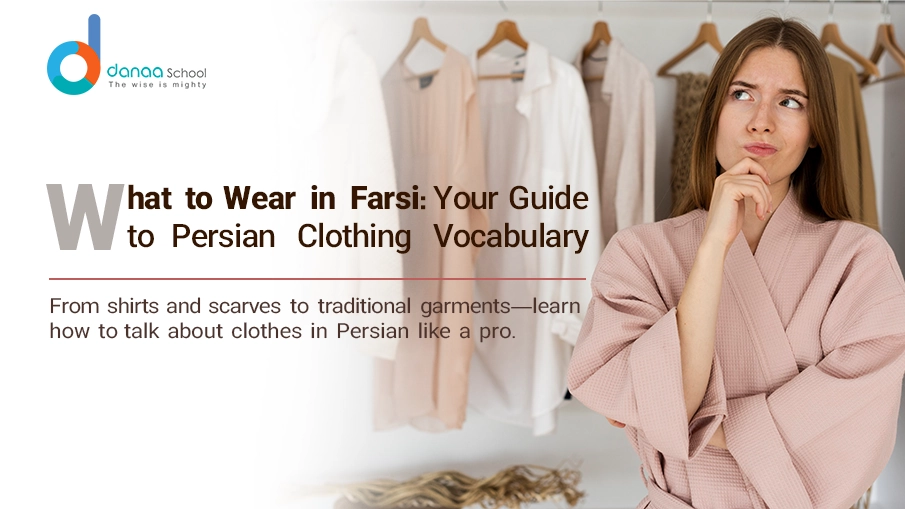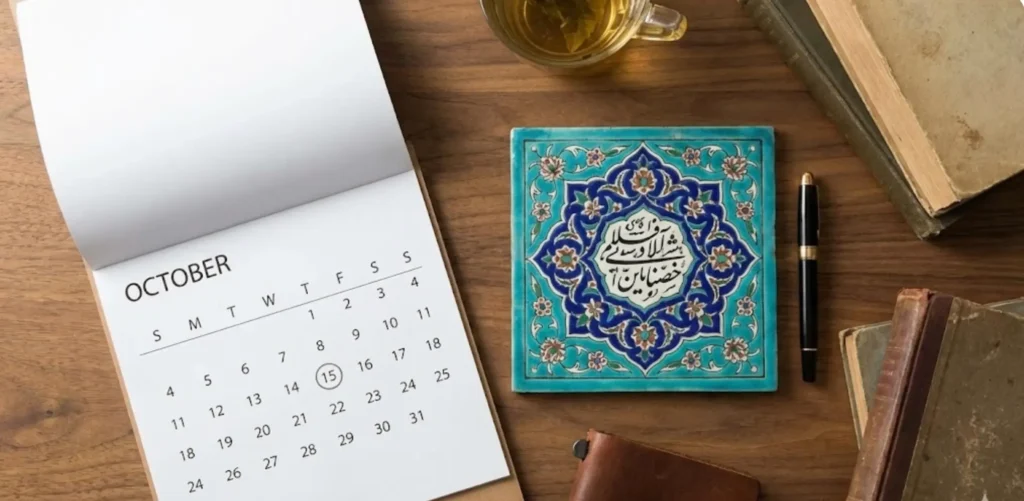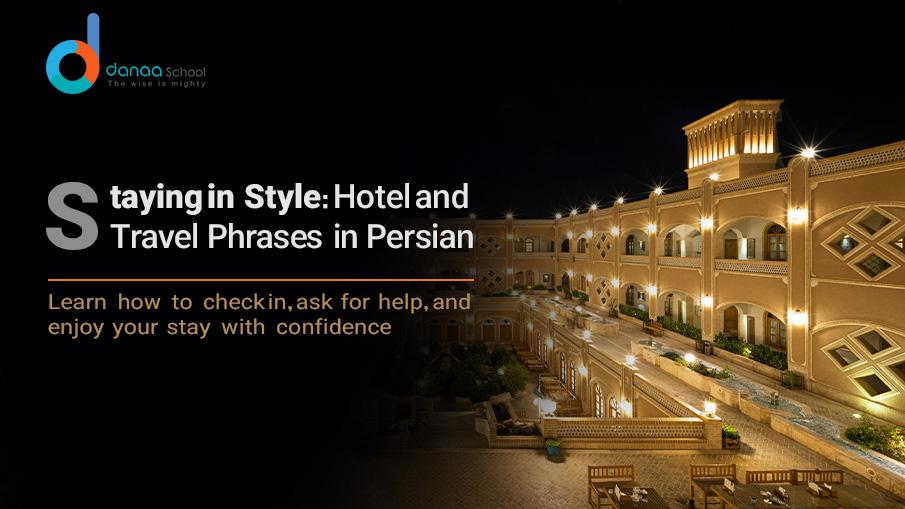Clothing plays a significant role in cultural identity. From everyday wear to traditional attire, our dress reflects our history, values, and societal influences. In Iran, clothing is an expression of personal style and a deep reflection of Persian culture and language.
If you’re learning Farsi or planning to visit Iran, understanding the terms used to describe clothes in Persian is essential. In this article, we will explore various aspects of fashion and clothing in Persian, offering a comprehensive guide to help you navigate this fascinating topic.
Fashion in Persian Language
Fashion is an ever-evolving aspect of any culture, and Persian fashion is no exception. The Persian language has its unique way of describing clothing, colors, and styles, which varies depending on the region, occasion, and social context. The word for fashion in Persian is “مد” (mod), derived from the French word “mode.” Iranians deeply appreciate aesthetics, which is reflected in their fashion choices.
In modern Iran, you’ll find a blend of traditional and contemporary styles, influenced by global fashion trends while respecting cultural norms. For example, women typically wear modest clothing, with options ranging from loose dresses and tunics to stylish scarves that complement their outfits.
Men, on the other hand, often wear western-style suits, shirts, and trousers, alongside more traditional garments like the “پوشاک مردانه” (pushaak-e mardaneh), or men’s clothing.
Understanding how to describe clothing in Persian can open doors to deeper cultural exploration. Whether you’re talking about a traditional “چادر” (chador) or a casual “تیشرت” (t-shirt), knowing the right terms will enhance your communication and cultural connection.
Women’s Clothes in Persian
Women’s clothing varies greatly in Iran depending on the occasion, lifestyle, and religious beliefs. However, one of the most important aspects of women’s fashion in Persian culture is modesty. Women are required by law to cover their hair and dress conservatively in public. Below are some common types of clothing worn by women in Iran and their corresponding names in Persian:
- Hijab (حجاب): A headscarf worn by women to cover their hair, often paired with a long tunic or coat.
- Chador (چادر): A full-body cloak that covers the woman from head to toe, typically worn by more conservative women.
- Manteau (مانتو): A loose-fitting coat or tunic worn over regular clothes, providing coverage and modesty.
- Shalwar (شلوار): Loose trousers worn underneath a manteau or dress, often paired with flats or low-heeled shoes.
- Gavach (گاوچ): Loose, traditional Persian pants, sometimes worn with dresses or tunics.
While modest clothing is the norm in public, Iranian women have become quite innovative in combining style with tradition.
There’s a growing trend for women to wear stylish manteaus in various colors, materials, and cuts, and they often accessorize with scarves that add flair to their outfits. Western influences and Persian traditions make Iranian women’s fashion incredibly diverse and unique.
Men Clothes in Persian
Like women, men’s clothing in Iran blends traditional and modern elements. Men in Iran also observe modesty, but there is more flexibility in terms of attire when compared to women. Here’s a look at some ordinary men’s clothing terms in Persian:
- Shirt (پیراهن): A typical button-down shirt worn by many Iranian men, often in cotton or linen.
- Pants (شلوار): Standard trousers, usually worn with shirts or suits.
- Jacket (کت): A formal jacket, often part of a suit ensemble.
- Tie (کراوات): A necktie, commonly worn for formal occasions, especially in professional settings.
- Kafan (کفن): A traditional tunic worn by men, often part of a more casual look.
While younger generations of men may follow global trends, you can still see a variety of traditional Persian garments worn during cultural and religious events, such as weddings and ceremonies. Many men in Iran will also wear suits to work or formal occasions, blending a modern, Western aesthetic with their rich cultural heritage.
Clothing Brand Name Ideas in Persian
If you want to start a clothing brand with a Persian touch, it’s important to choose a name that reflects both the elegance and tradition of Persian culture. Here are some ideas for clothing brand names in Persian that could inspire you:
- Zarif Fashion (ظریف فشن): “Zarif” means elegant or delicate, making it a great name for a brand focused on high-end, delicate clothing.
- Golshan Apparel (گلشن اپارل): “Golshan” translates to “flower garden” in Persian, symbolizing beauty and nature, which could be a fitting name for a fashion line.
- Aftab Couture (آفتاب کوتویر): “Aftab” means “sun” in Persian, representing warmth and positivity, ideal for a brand specializing in vibrant clothing.
- Niloofar Designs (نیلوفر دیزاین): “Niloofar” refers to a “water lily,” symbolizing purity and freshness, making it perfect for a brand with eco-friendly clothing.
When choosing a name for a clothing brand, it’s important to consider the cultural and linguistic nuances of Persian. A name with a positive or traditional meaning can give your brand a strong, recognizable identity in the marketplace.
Learn Farsi with Danaa School
If you’re passionate about understanding Persian culture and clothing vocabulary, learning Farsi is an excellent step. At Danaa School, we offer comprehensive Farsi language courses that will help you master the language and explore the world of Persian fashion and culture with confidence. Whether you’re a beginner or already have some knowledge of the language, our lessons are designed to be engaging, practical, and fun.
Start your Farsi learning journey today and dive deeper into Persian culture, including its clothing, fashion, and traditions. Sign up with Danaa School now!
FAQs
What does “Manteau” mean in Persian?
“Manteau” refers to a loose-fitting coat or tunic worn by women in Iran, offering coverage and modesty.
What is a “Chador”?
A “Chador” is a full-body cloak worn by women in Iran, typically covering them from head to toe.
What is the difference between “Shirt” and “Pants” in Persian?
In Persian, a “Shirt” is “پیراهن” (Pirahan), and “Pants” are “شلوار” (Shalvar). Both are common clothing items for men and women.
What do Iranian men wear to formal occasions?
Iranian men often wear a “کت” (Kaat), which is a formal jacket, along with trousers and a tie for formal events or professional settings.
What is the best way to describe “clothing” in Persian?
The word “پوشاک” (Pushaak) is commonly used to describe clothing in Persian, whether it’s traditional or modern attire.
Can I find Persian clothing brands internationally?
Yes, many Persian clothing brands have expanded internationally, offering everything from traditional garments to modern fashion lines.
How can I incorporate Persian clothing terms into my daily life?
Learning Persian terms for clothing and fashion will enrich your cultural understanding and improve communication with Persian-speaking people.
Conclusion
Understanding the terms for clothing in Persian is an exciting way to immerse yourself in the culture and language. Whether you’re looking to explore fashion in Iran, find the perfect clothing vocabulary, or create your own Persian-inspired clothing brand, this guide has provided valuable insights into Persian attire.
From traditional garments like the “Chador” to modern trends in “Manteau” and “Shirt,” the Persian language offers a beautiful array of clothing-related vocabulary. Don’t forget to start your language journey with Danaa School to explore Persian fashion and culture in even greater depth!








